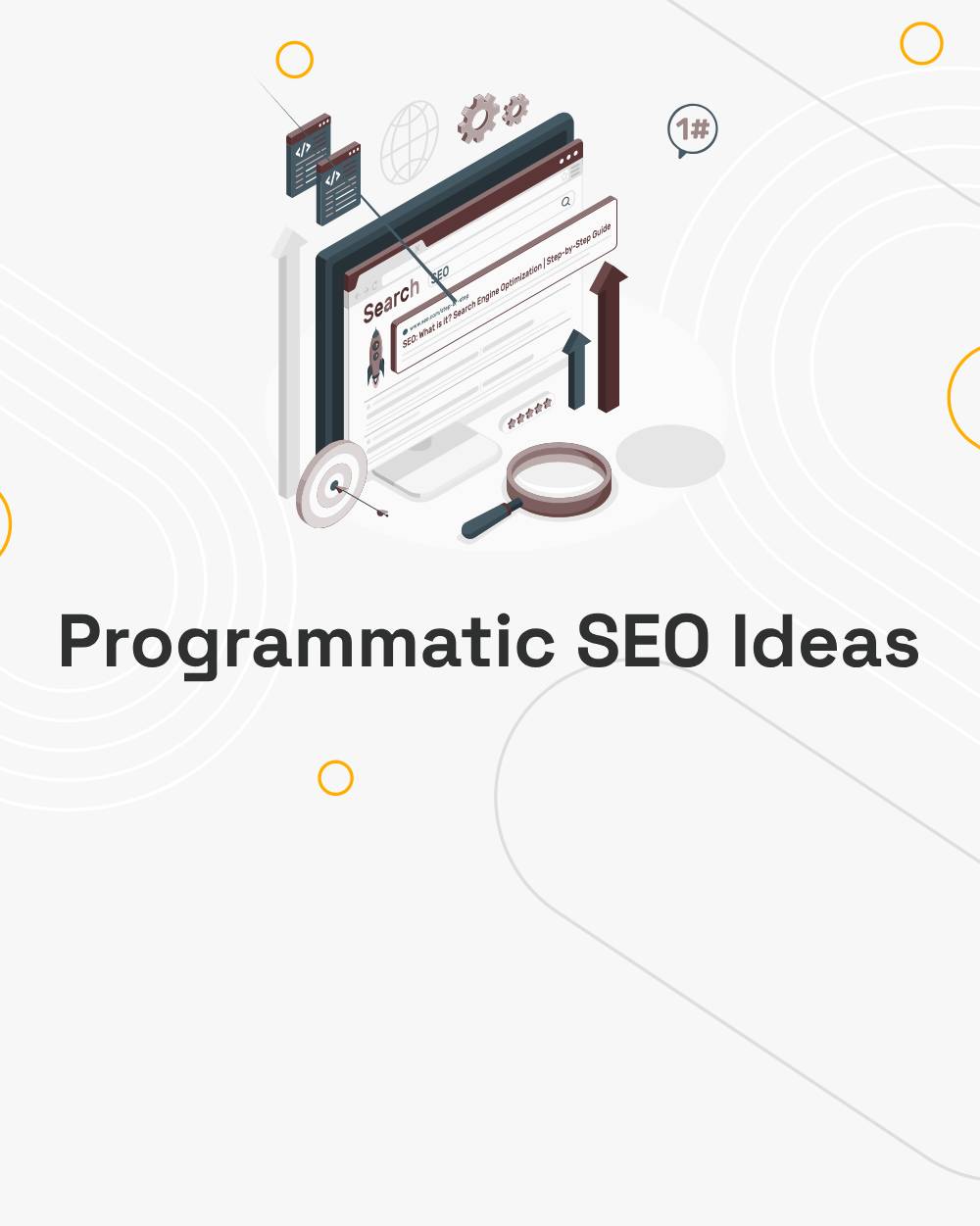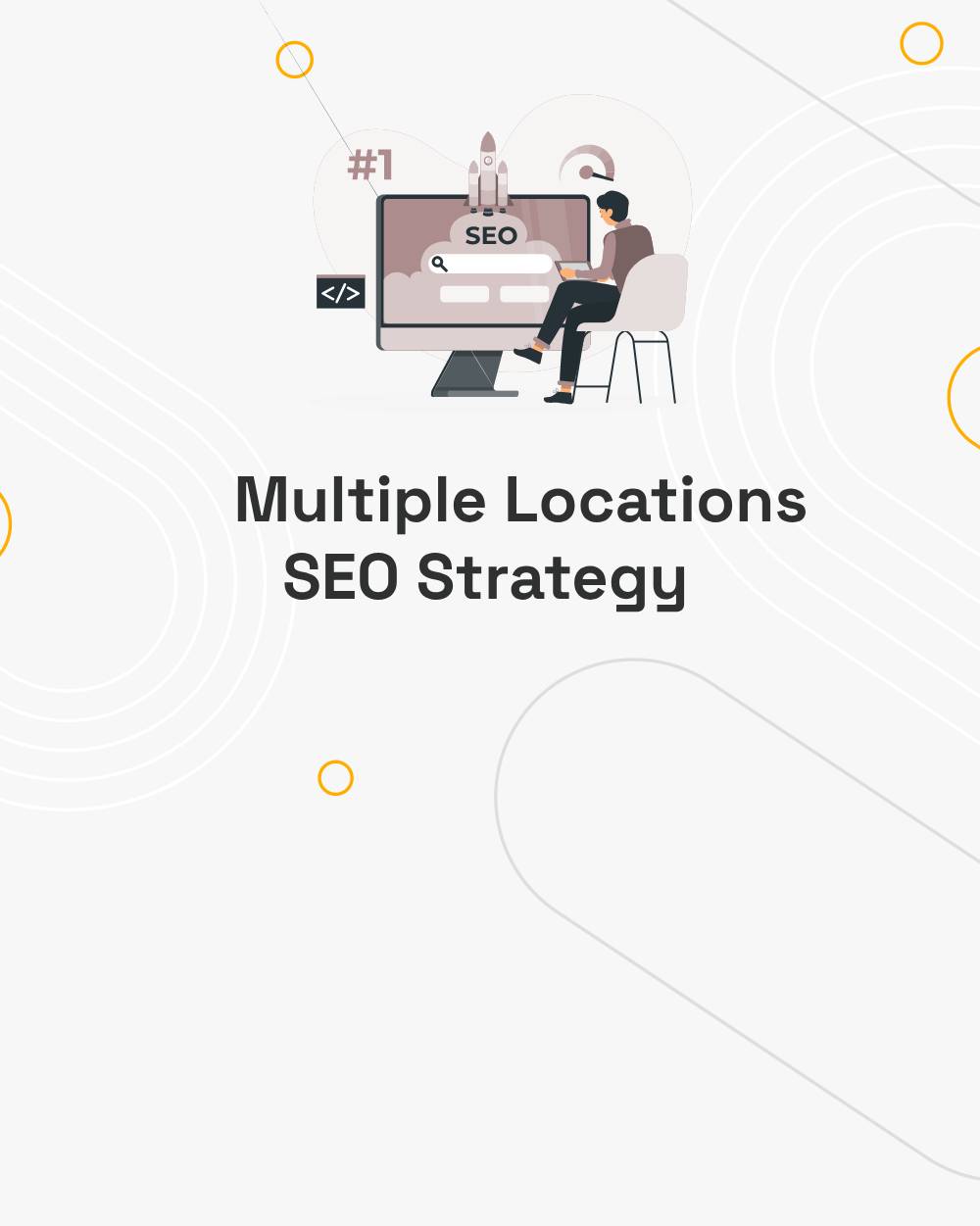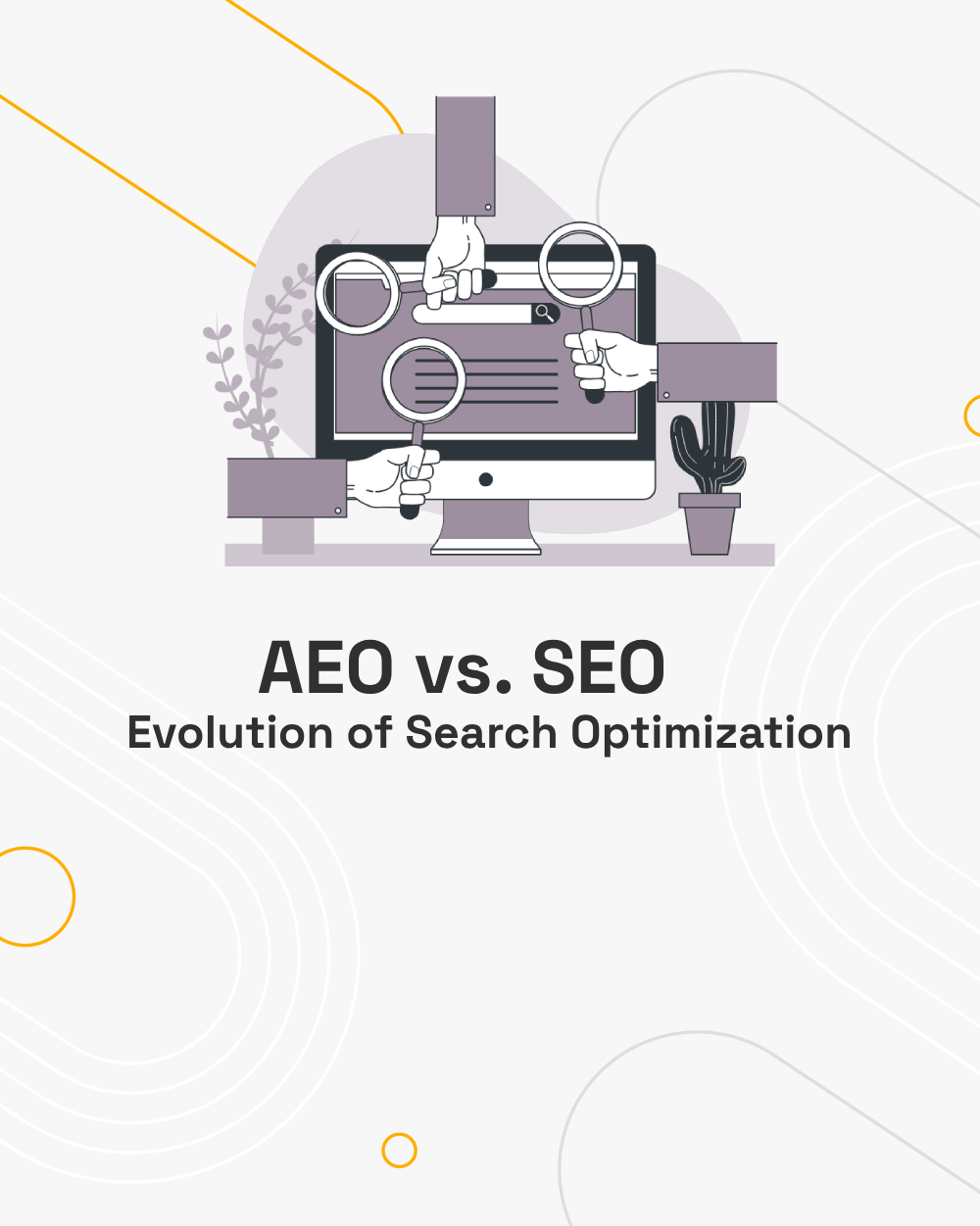Programmatic SEO (pSEO) refers to the process of using automation, templates, and structured data to generate large-scale, high-quality content designed to target long-tail keywords and attract search engine traffic. Unlike traditional SEO, which focuses on creating individual pages manually, programmatic SEO leverages scalable methods to address the unique needs of modern search engines and user queries. Here’s how to find actionable ideas to implement programmatic SEO.
1. Understand Programmatic SEO Potential
Before diving into ideation, it’s essential to understand the scope and impact of programmatic SEO. By targeting long-tail keywords or creating large collections of data-driven pages, you can:
- Rank for a broad range of queries: Programmatic SEO allows you to target variations of keywords and queries that may not be feasible to address manually.
- Drive traffic to niche areas often overlooked: Long-tail keywords and specific user queries often have less competition, making it easier to gain visibility.
- Achieve scalability with minimal ongoing effort: Once templates and automation are in place, programmatic SEO can generate thousands of pages with little maintenance.
Consider websites like Zillow, Glassdoor, or Kayak. These platforms dynamically generate thousands of pages based on structured data for locations, industries, or travel options. For example, Zillow creates pages for every zip code, city, and neighborhood based on real estate data, helping them capture local search traffic.
2. Identify Target Niches
The success of programmatic SEO depends heavily on choosing the right niche. Here’s how to identify one:
a. Research Your Industry
- Identify industries or sectors with expansive datasets. Examples include real estate (property listings), e-commerce (product catalogs), travel (flight and hotel options), and food (recipes).
- Look for niches with high search volume and demand for information. For instance, healthcare might focus on symptom checkers or disease-specific guides.
- Analyze competitors to uncover areas where they excel or fall short, giving you opportunities to innovate.
b. Consider Audience Needs
- Understand your audience’s specific pain points and queries. For instance, travelers might search for “hotels near [landmark]” or “best time to visit [destination].”
- Conduct surveys or use tools like Google Trends to identify popular topics in your niche.
c. Assess Dataset Availability
- Access to relevant and reliable data is essential. Public APIs, proprietary databases, or even user-generated content can provide the foundation for your programmatic pages.
- Evaluate whether the dataset is updated frequently to ensure the content remains fresh and accurate.
3. Leverage Keyword Research for Inspiration
Keyword research is critical in identifying scalable opportunities for programmatic SEO. Here’s how to uncover ideas:
a. Use Keyword Tools
- Tools like Ahrefs, SEMrush, and Google Keyword Planner help identify long-tail keywords that lack direct competition.
- Focus on keywords with consistent search intent and high search volume, such as “[City] restaurants” or “Best [Product] under [Price].”
b. Find Patterns
- Look for patterns or repeated phrases in search queries. For example, users may frequently search for phrases like “How to [Action],” “Best [Product] for [Purpose],” or “Top 10 [Category] in [Location].”
- These patterns help you design scalable templates that cater to various permutations of a query.
c. Explore People Also Ask
- Use the “People Also Ask” section on Google to understand related user queries and intent.
- For example, if a user searches for “Best laptops for students,” related questions might include “What is the most affordable laptop for students?” or “Which laptop is best for college assignments?”
4. Mine Structured Data Sources
Structured data provides the backbone for programmatic SEO. Reliable and extensive datasets ensure your pages remain useful and competitive. Potential sources include:
a. APIs
- APIs allow you to pull real-time data for use in your programmatic pages. For example:
- Real estate APIs like Zillow’s provide property details.
- Travel APIs like Skyscanner or Amadeus supply flight, hotel, and car rental data.
- Ensure the API terms of use allow for your specific implementation to avoid legal issues.
b. Public Databases
- Government and academic databases often contain valuable information. Examples include:
- Census data for demographic insights.
- Weather databases for climate-focused content.
- Educational repositories for course or university-specific pages.
c. Internal Data
- Leverage your proprietary data, such as user reviews, product specifications, or transaction history, to create unique, data-rich pages.
- For example, an e-commerce platform could create pages like “Top-rated shoes for [Activity]” based on user ratings and purchase trends.
5. Analyze Competitor Strategies
Competitors can offer valuable insights into what works and where gaps exist. Here’s how to approach this:
a. Audit Competitor Sites
- Look for templated pages targeting specific keywords. For example:
- Travel sites with pages like “Hotels in [City].”
- Job boards featuring pages for “[Job Title] in [Location].”
- Use tools like SimilarWeb or Ahrefs to assess the performance of these pages.
b. Evaluate Gaps
- Identify areas competitors haven’t addressed. For example:
- Are there underrepresented locations?
- Are there content types (e.g., comparisons, reviews) missing from their strategy?
6. Brainstorm Programmatic Page Ideas
Once you have a dataset, brainstorm scalable content ideas. Examples include:
- Location-Based Pages: Create pages for every city, neighborhood, or zip code, e.g., “Best pizza places in [City/Neighborhood].”
- Comparison Pages: Generate comparison pages like “[Product A] vs. [Product B]: Which is Better?”
- How-To Pages: Focus on queries such as “How to [Task] in [Location].”
- Review Pages: Aggregate user reviews to create pages like “Top 10 [Products] for [Purpose].”
7. Use Templates to Scale
Templates ensure consistency and scalability in programmatic SEO. Here’s how to build them effectively:
- Dynamic Variables: Incorporate placeholders for location names, product specifications, or other variable data.
- Optimize Metadata: Generate unique titles, meta descriptions, and headings for each page to avoid duplicate content issues.
- Enhance UX: Ensure templates provide value with clean design, clear navigation, and actionable insights.
- Incorporate Structured Data Markup: Use schema.org to enhance visibility and improve click-through rates by enabling rich snippets in search results.
8. Monitor and Optimize Performance
Programmatic SEO requires continuous improvement to maintain its effectiveness. Here are best practices:
- Track Rankings: Use Google Search Console, Ahrefs, or SEMrush to monitor keyword performance and identify opportunities.
- Analyze Traffic Patterns: Evaluate which pages are performing well and which need refinement.
- Update Templates: Improve underperforming pages by refining templates, updating data, or enhancing content quality.
- A/B Test Elements: Test headlines, CTAs, or layouts to maximize engagement and conversions.
Conclusion
Finding programmatic SEO ideas requires a mix of creativity, data analysis, and strategic planning. By leveraging structured data, identifying niche opportunities, and optimizing templates, you can create a scalable content strategy that drives significant search traffic. Start small, measure results, and refine your approach to unlock the full potential of programmatic SEO.



